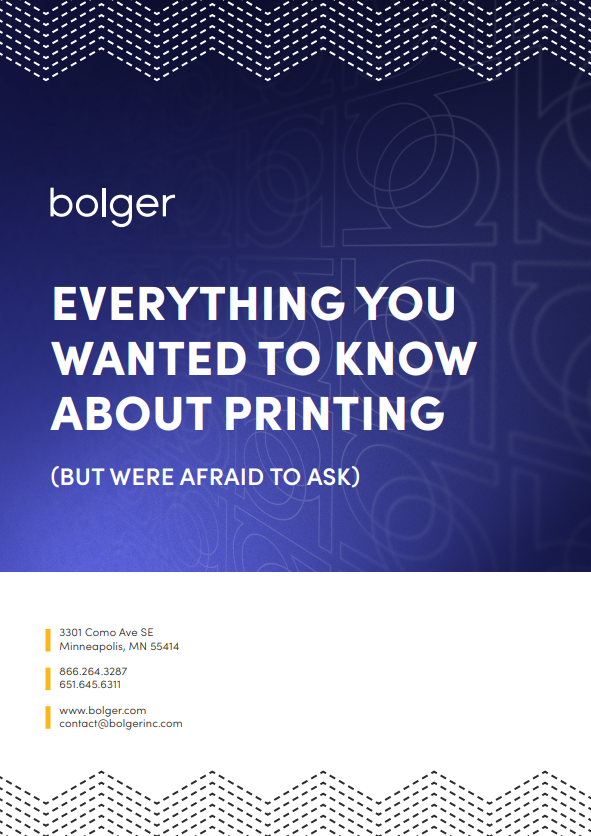Today’s customers want to engage with brands across various devices and channels, from social media and text to print and bricks-and-mortar locations. Fortunately, the universe of marketing platforms designed to deliver these personalized engagement opportunities across multiple platforms makes this possible for today’s marketers.
Increasingly, however, the multi-channel approach is giving way to a more effective omni-channel strategy. The two may sound similar, but they have distinct differences.
Multi-channel means interacting with customers through multiple platforms, including social media, direct mail, email, mobile, print ads, landing pages, and websites. Each channel operates independently from the others.
Omni-channel uses the same multiple platforms but creates an integrated and consistent experience for the customer in which the channels work seamlessly to complement each other. The omni-channel strategy takes the customers’ perspective as its starting point and seeks to enhance their experience.
For example, think of the potential steps in a customer journey. A consumer spots a newly released mountain bike in a print ad or social media post. They venture over to the internet to find the store’s website and that particular bike, putting the bike into the shopping cart for later consideration. They also do comparison shopping and research via additional internet searches, or go to a physical store to see the bike in-person, comparing prices on a cell phone while there.
In an omni-channel environment, this consumer might receive an email reminder that the bike is in the online shopping cart. They could receive a text message with a coupon for the bike or accessories while in the store, or see targeted re-marketing ads in their web browser or social media pages.
Omni-channel messages are connected. With omni-channel marketing, this customer would experience the brand consistently across all digital (online and social) touch points. Colors, messaging, imaging, and tone would be similar, and each communication would apply to the consumers’s interests—in this case that specific bicycle.
Benefits of Omni-channel Marketing
This approach delivers multiple benefits:
- It creates more satisfying and less frustrating interactions that strengthen loyalty and retention.
- Marketers can present consumers with relevant information that is easy to consume, re-enforces brand and product attributes, and improves brand recall.
- It promotes repeat purchases and creates a seamless customer shopping journey (experience) by allowing consumers to start the shopping process on one device and resume on another.
- It enables marketers to understand, quantify, and review analytics from multiple channels, cross referencing customer data points from multiple sources.
Print is an Important Touch Point
Digital platforms may form the core of omni-channel strategies, but printed communications enhance the effectiveness of the campaigns. Print remains a trustworthy marketing medium, so it makes sense to incorporate magazines, catalogs, and direct mail into the campaign mix.
Print, for example, has been identified as being an ideal catalyst to start the buying process. A notably high percentage of buyers who receive a direct mail piece go on to visit the brand’s website. To take this a step further, printers can enhance direct mail with personalized or versioned messages and include elements such as QR codes or pURLs. Personalization increases offline to online conversions dramatically, resulting in higher visits to landing pages and websites. Social media handles added to print materials encourage interaction on social platforms as well.
Print is Interactive
The physicality of holding a printed piece can be greatly enhanced in ways that no digital experience can offer. By adding printed textures that replicate a certain “feel”, scented inks, or visual embellishments, print connects to our senses and creates heightened recall and awareness. Furniture retailers can design printed pieces with the texture of wood, jewelers can use foil to replicate gold, and a juice company can induce you with the smell of fresh-squeezed oranges when you open their direct mail. Additional interactive features can include a “scratch and save” coupon offer designed to drive recipients to physical stores or online purchases.
Commercial printing companies are a boundless resource for ideating and creating print that can take a moderate campaign to extraordinary. Including your print provider early in the planning stages can add insight and ideas that you may not have considered. This is particularly true for omni-channel strategies.
Creating consumer ecosystems that are easy to navigate, impart relevant information, and consistently deliver a brand’s message and image will elevate the entire consumer experience and almost certainly the bottom line. Bolger has expertise in the entire process — from creative to production and distribution — offline to online.
Are you in charge of the next print campaign?
Our helpful Print 101 eBook will be the perfect start.
Download free eBook







